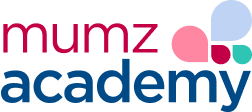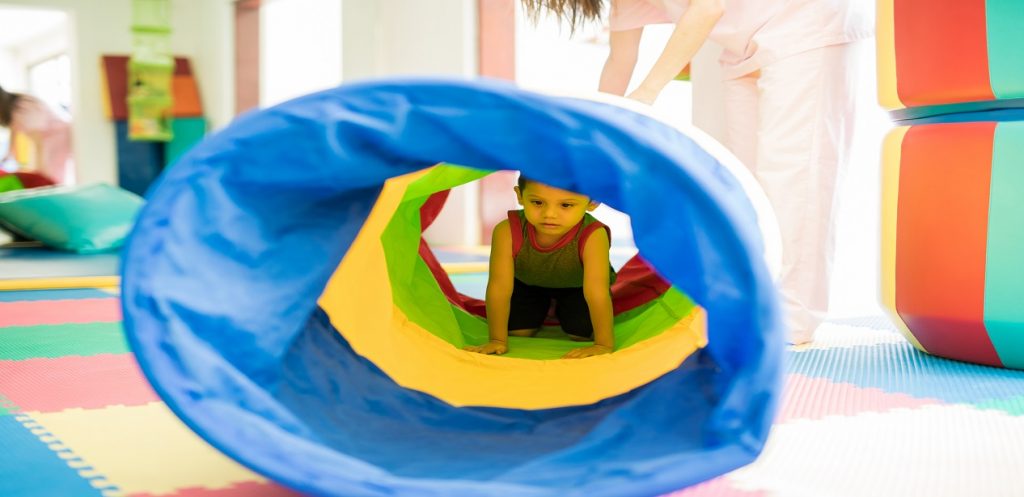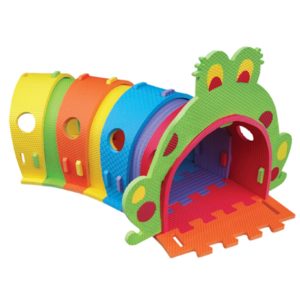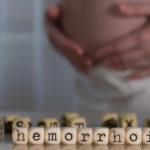Psychomotor therapy aims to support and aid an individual’s personal development. It is based on a global view of human beings that considers each individual as a unity of physical, emotional and cognitive actualities. Which interact with each other and the surrounding social environment.
Psychomotor specialists study the body and its expressiveness. The body is regarded not merely as a mechanism with neurophysiological developments. But also as a thing with deep-rooted emotional traits. Which have come about through motor, sensory and emotional experiences, particularly in early-childhood.
A child will benefit from psychomotor therapy intervention if they present with any of the following:
- – Early Psychomotor development delay (for infants).
- – Motor difficulties (gross/fine motor skills).
- – Lack of body awareness (bumps into or trips over things) related also to ADHD and Psychomotor instability.
- – Unusually high or low activity level, (always active or difficulties with attending).
- – Unusual fear of movement/heights.
- – Excessive craving of rough play and/or lack of safety awareness.
- – Unusual play habits and skills or messy play.
- – Unusual avoidance of touch or eye contact.
- – Lack of hand preference.
- – Poor handwriting/slow written output.
- – Difficulty with self-care activities including: brushing teeth, combing hair, buttoning a shirt, tying shoes, using utensils such as a spoon or fork.
- – Delays in speech (children who have delays in speech often demonstrate Psychomotor difficulties affecting their motor coordination and their cognitive skills).
- – Difficulties with cognitive tasks such as following instructions, problem solving and visual organization.
- – Delay with drawing skills, copying shapes or letters.
- – Lack of knowledge in space and time concepts.
- – Short attention span.
PMT focuses on:
- – Gross and fine motor skills.
- – Lateral dominance.
- – Sensory processing.
- – Cognitive abilities: visual attention, visual memory, planning and problem solving, visual analysis.
- – Space and time concepts.
- – Hand writing skills.
- – Emotional history affecting activity level, behavior, interaction and cognitive skills (visual attention, memory, planning and problem solving, visual analysis).
- – Muscle tone regulation.
Therapeutic Equipment
PMT and OT also use the same equipment for early intervention and childhood Therapy. PMT rely importantly on mirrors as a mediator of communication and motor feedback. We also rely on play therapy and drama techniques to support patients dealing with Psychological conflicts and traumas. Affecting directly their Psychomotor skills (motor and cognitive).
However, technical intervention may differ greatly with Cerebral Palsy’s patients and OT adaptable equipment’s have proven to be even more efficient than PMT. Both PMT and OT professions aim to develop motor skills in action. But PMT focuses more on cognitive analysis and development through play skills. Which adds to its efficiency with children presenting with dyslexia and dyspraxia.









mumzworld.com
mumzworld.com
mumzworld.com
best mumzworld.com
best mumzworld.com
best mumzworld.com
mumzworld.com
best mumzworld.com
best mumzworld.com
best mumzworld.com
best mumzworld.com
best mumzworld.com
best mumzworld.com
best mumzworld.com
best mumzworld.com
best mumzworld.com